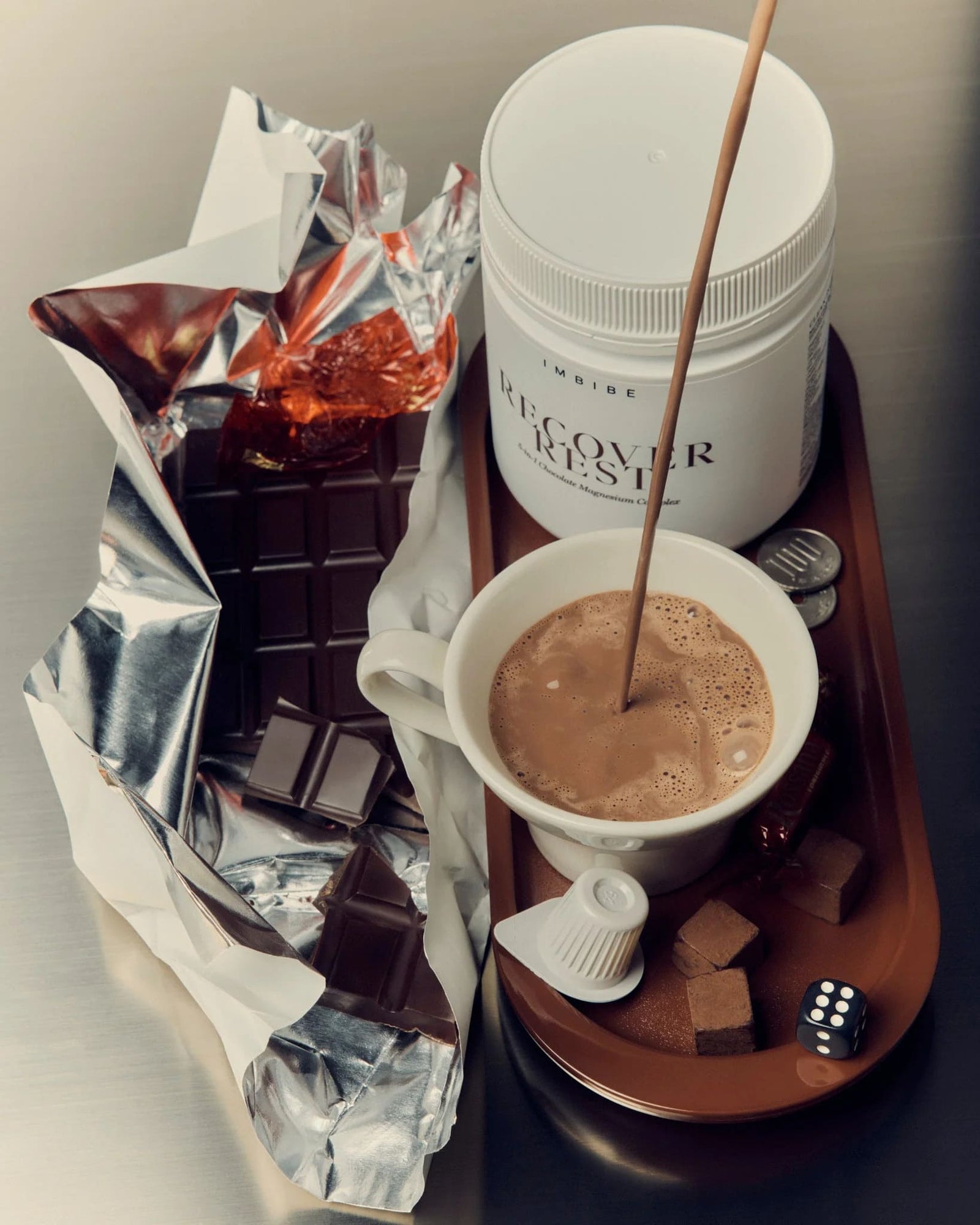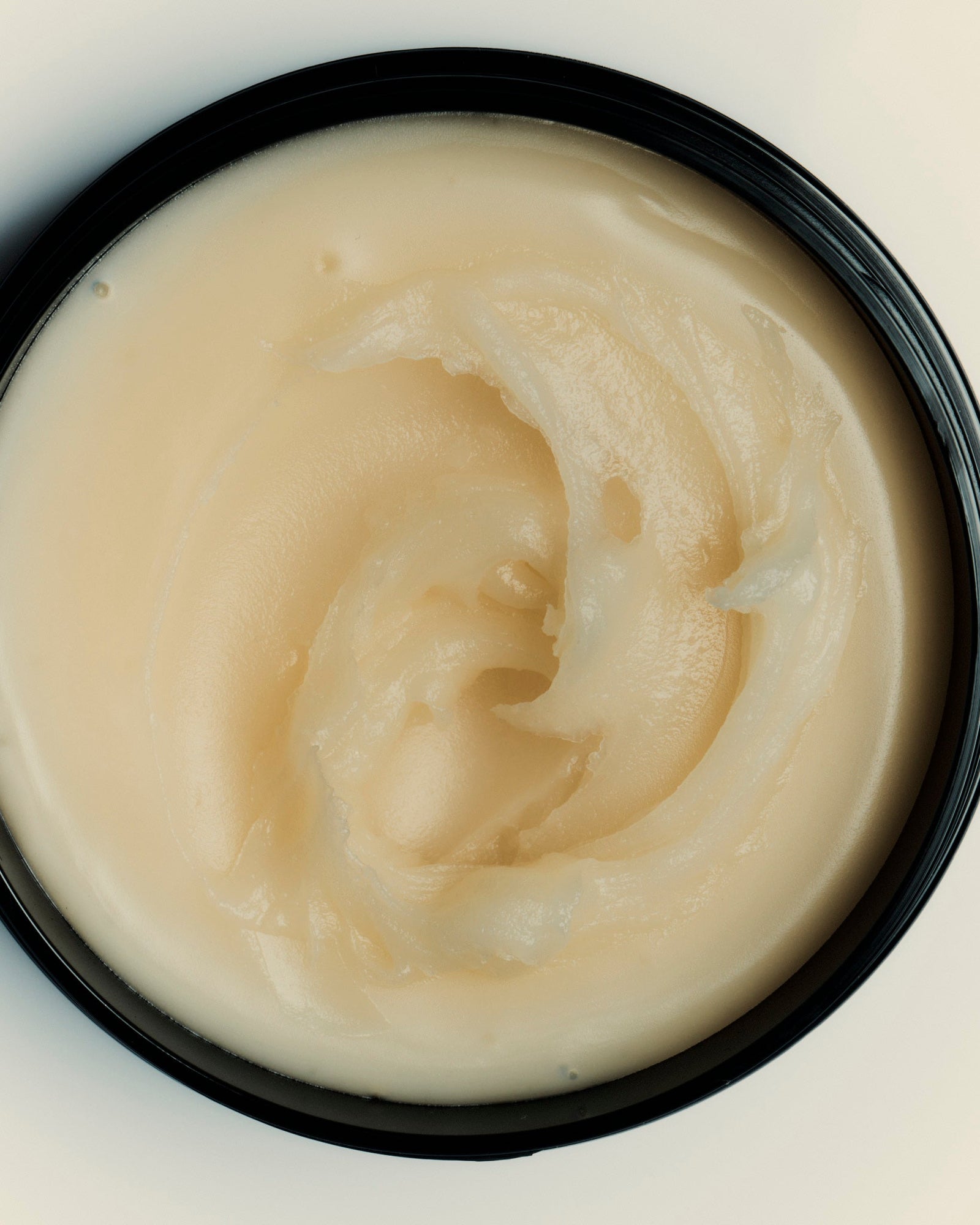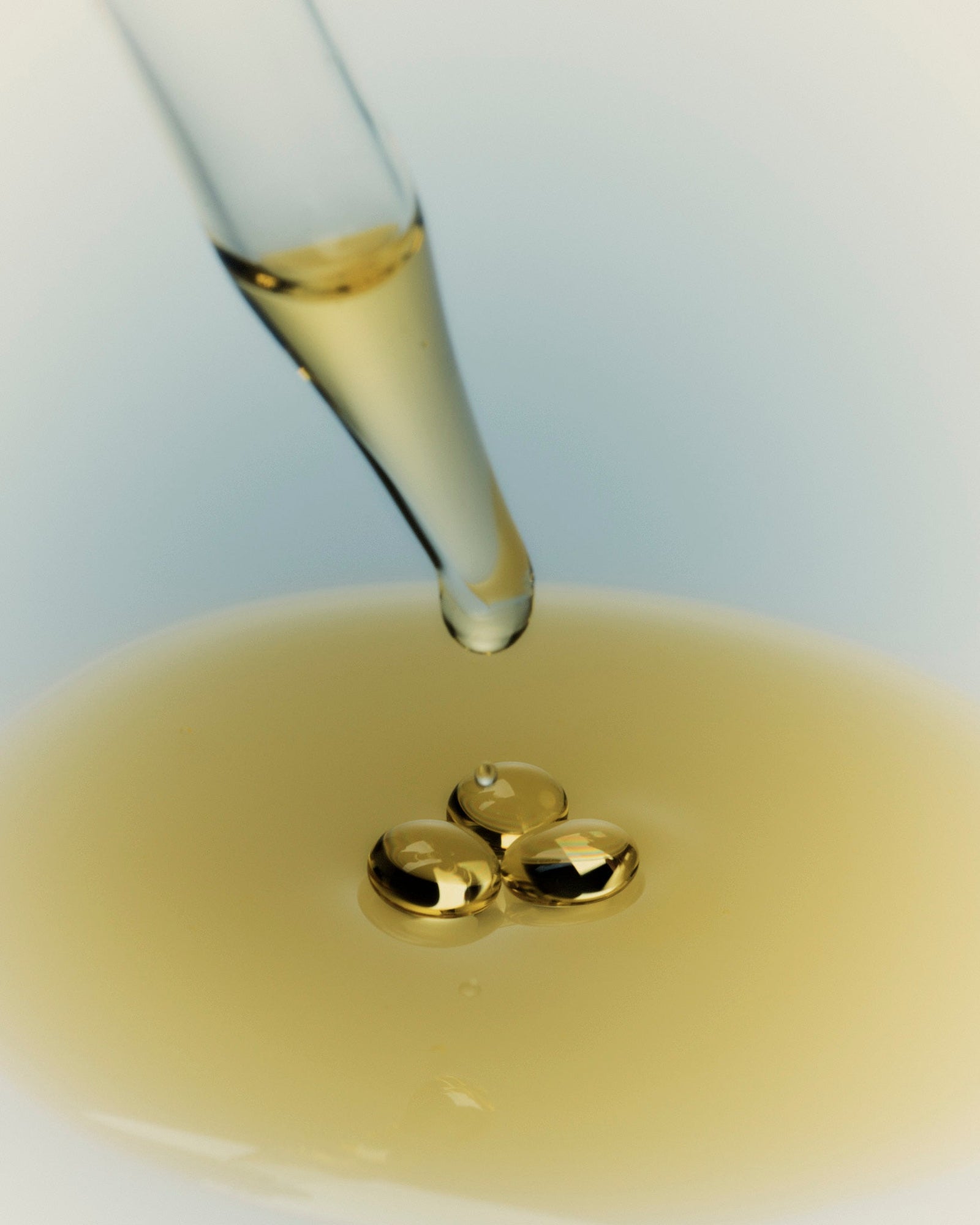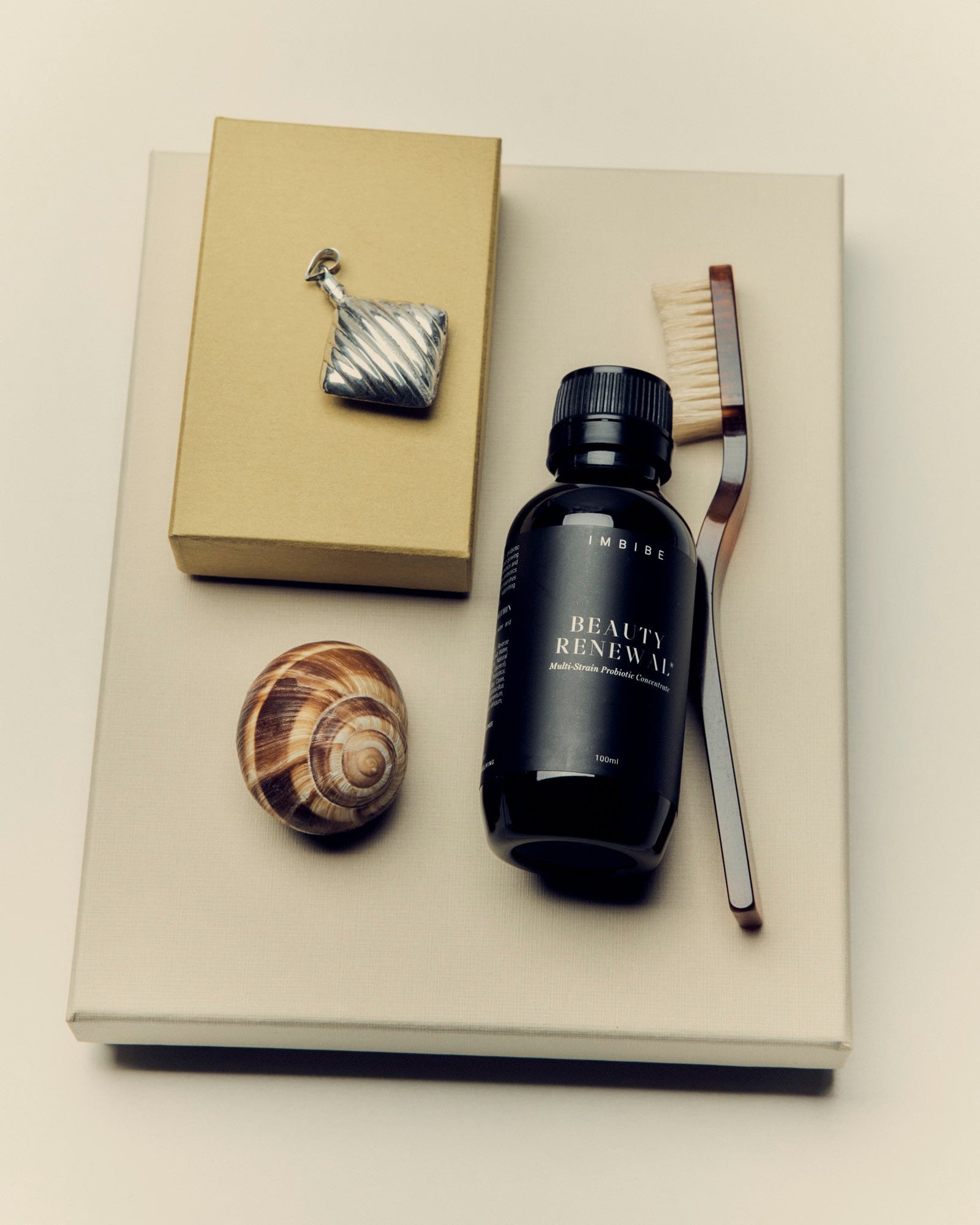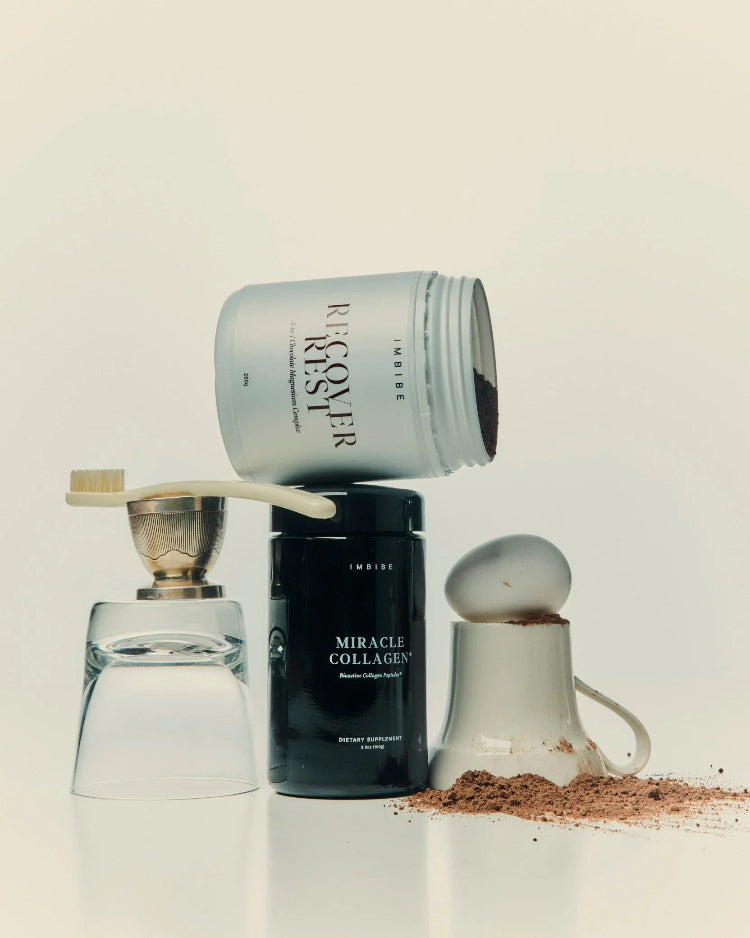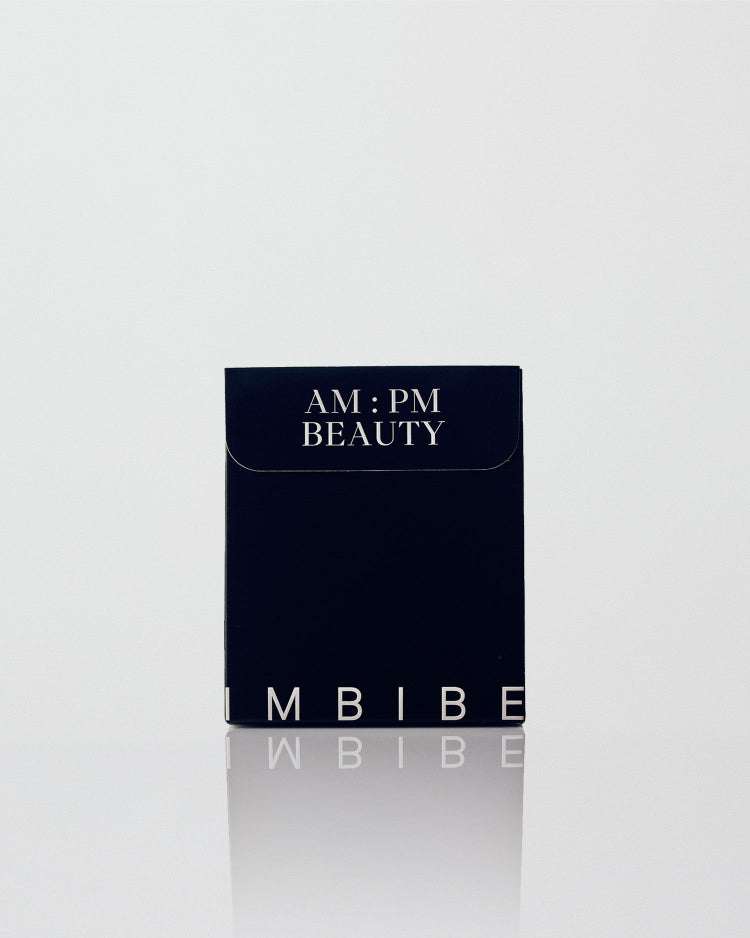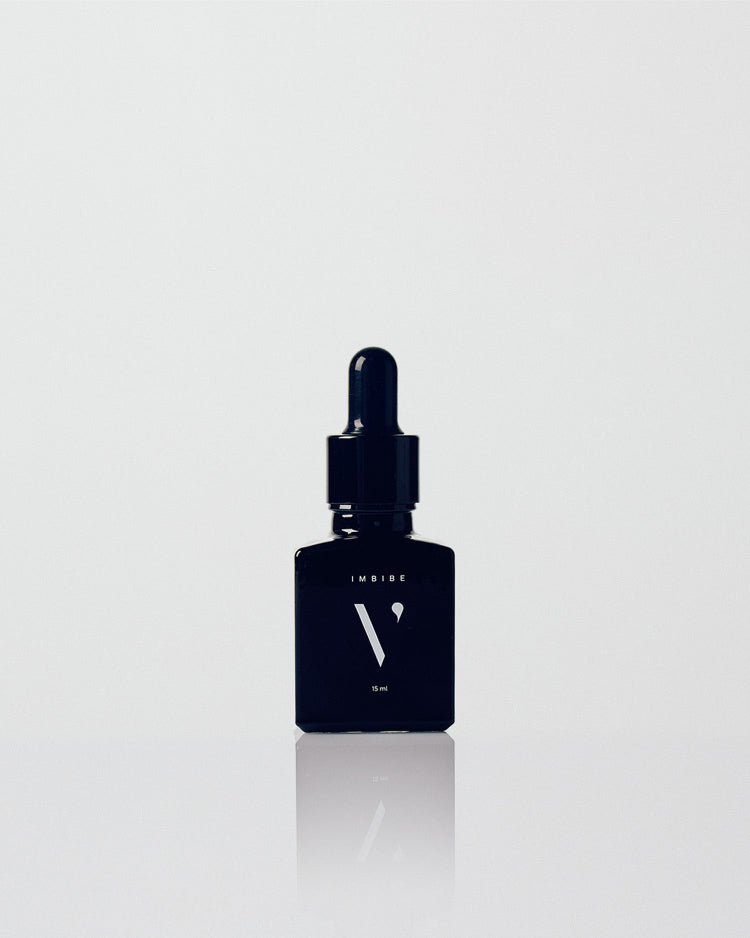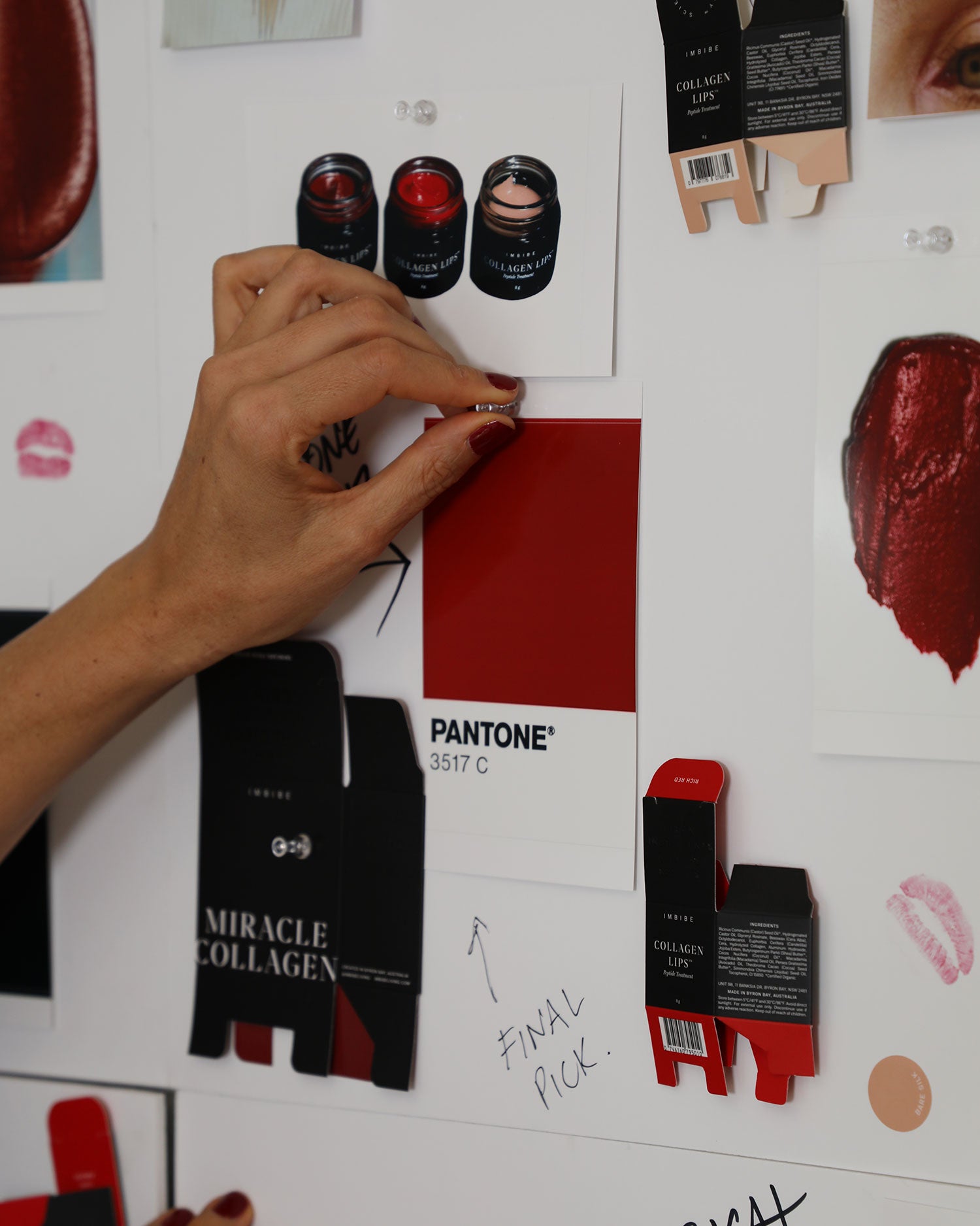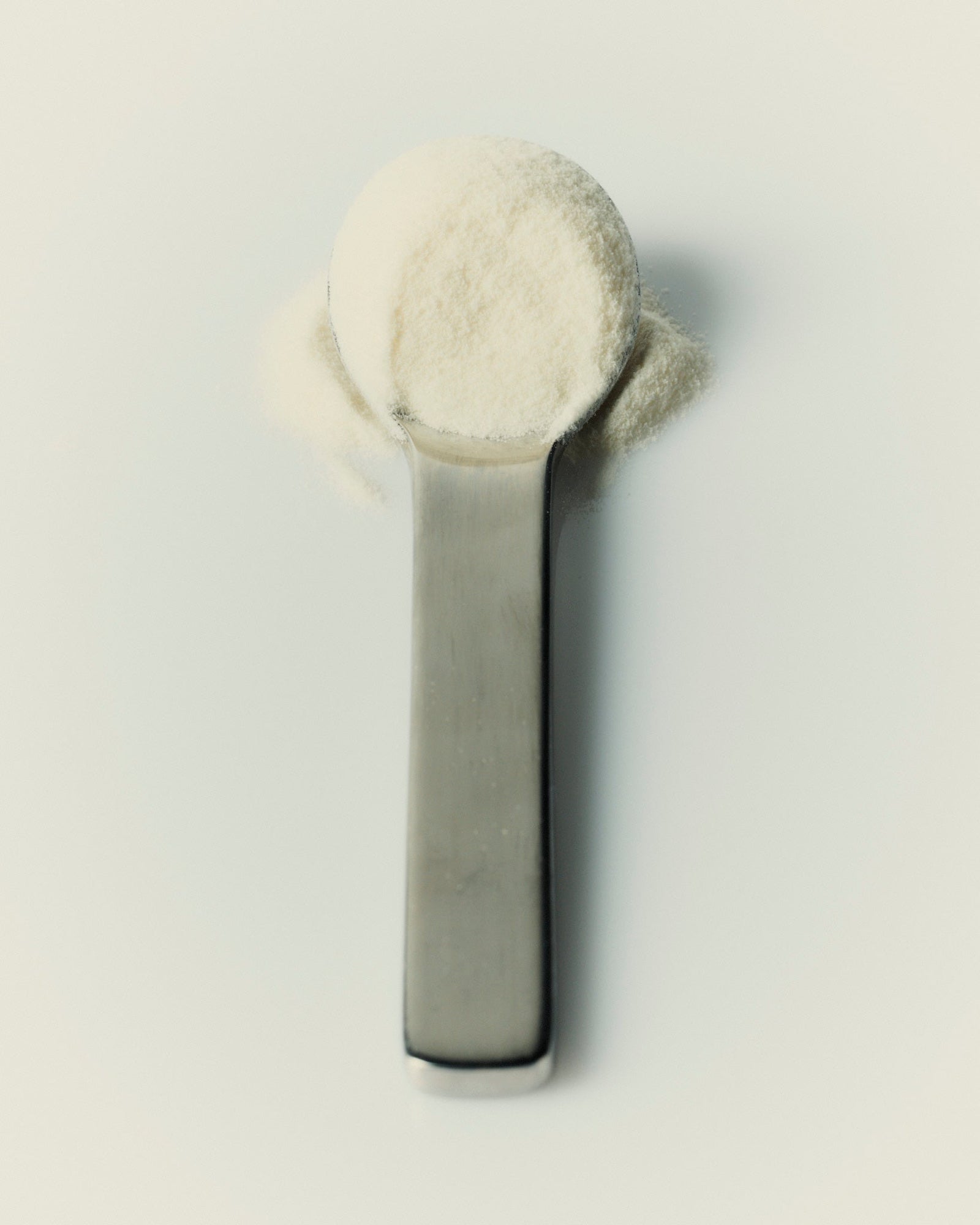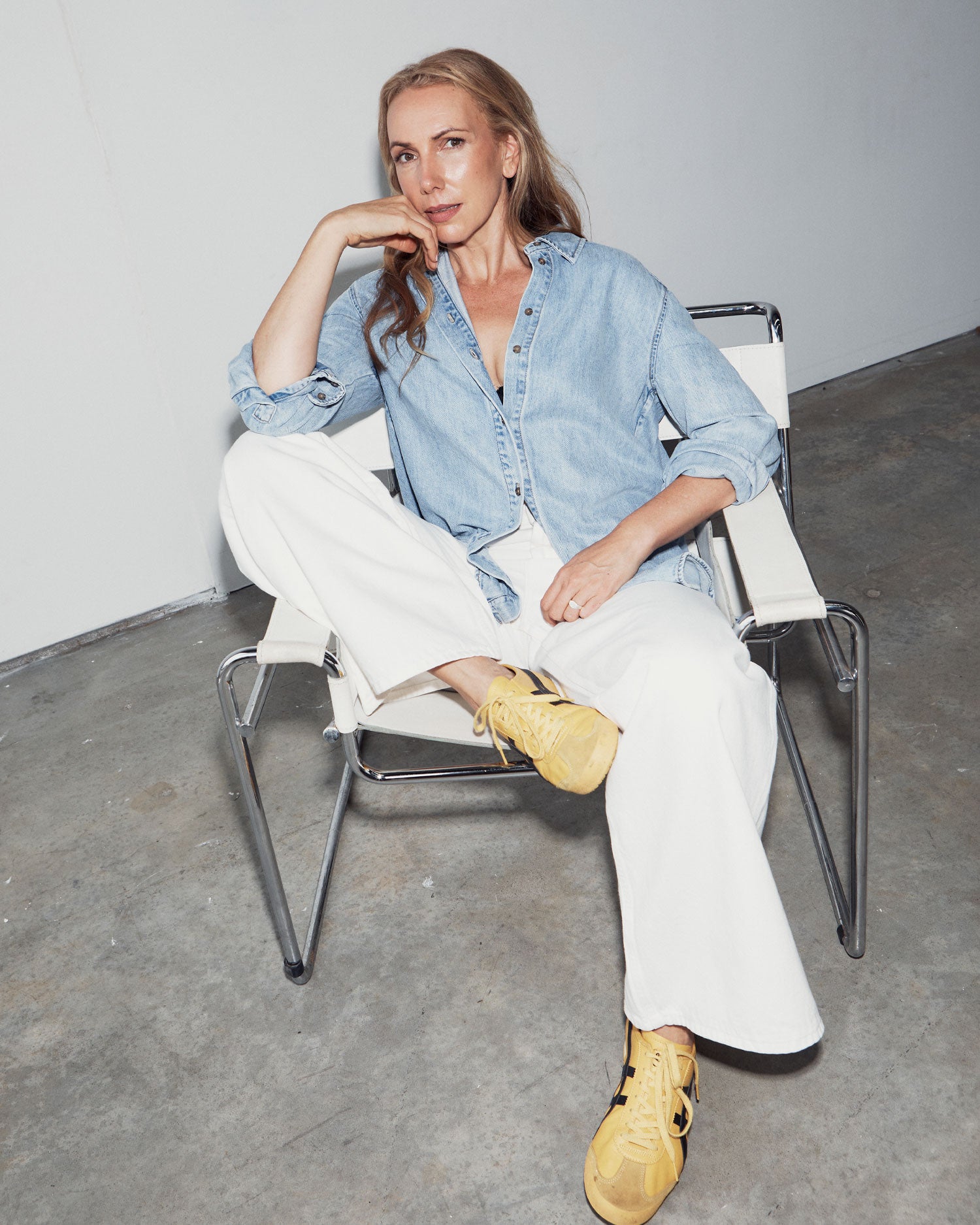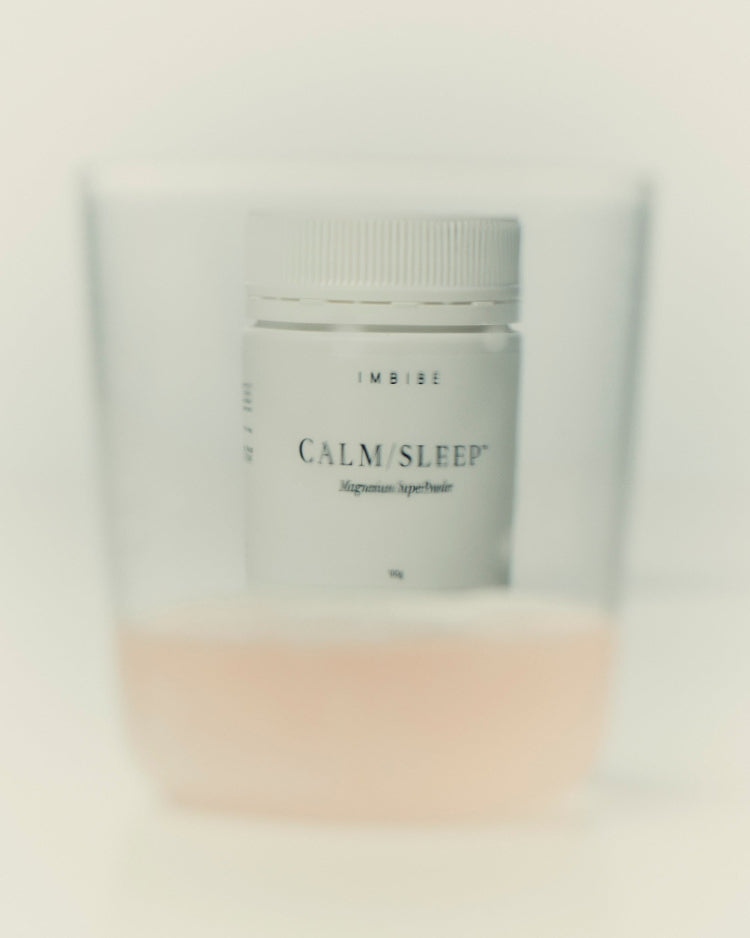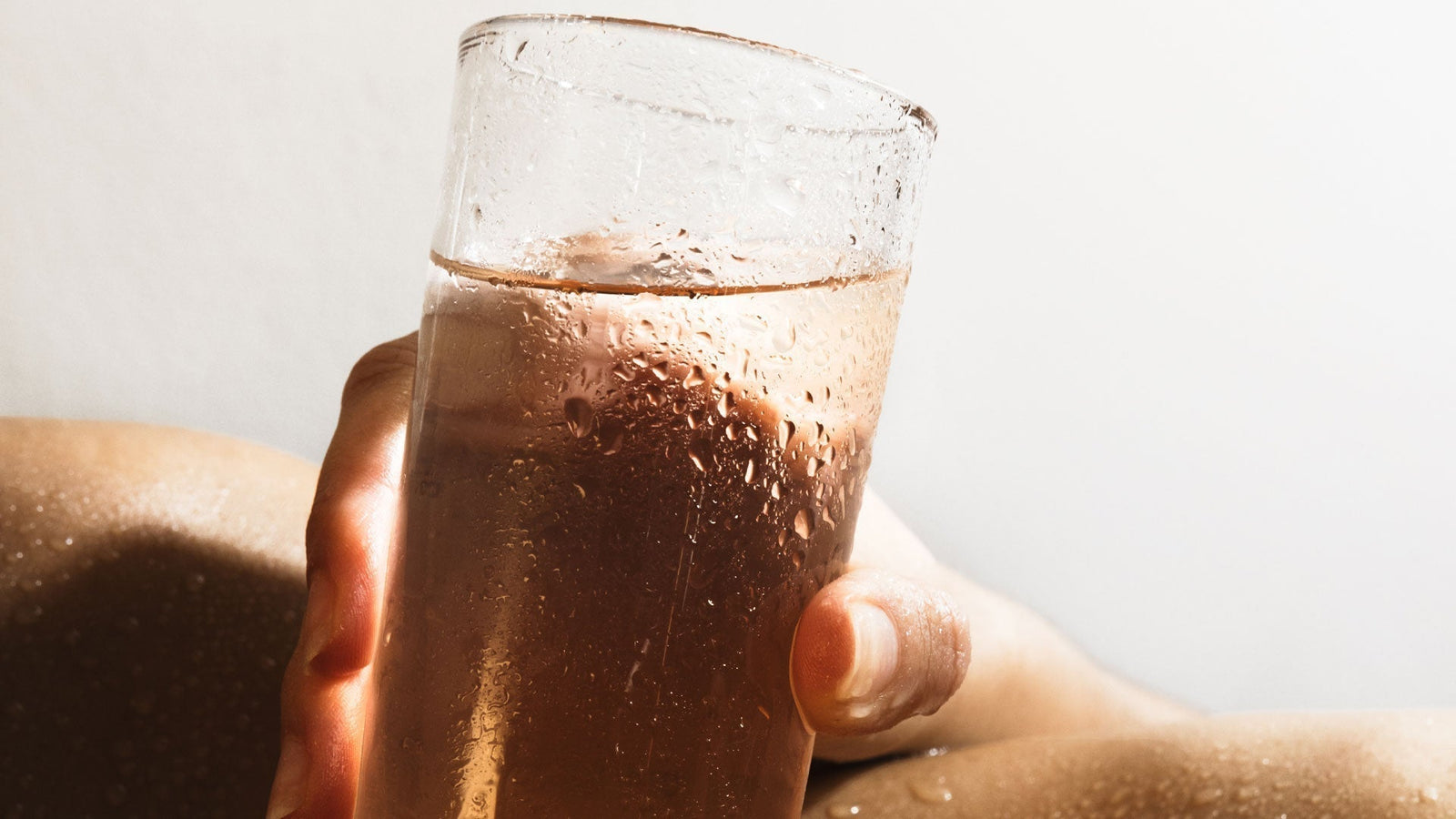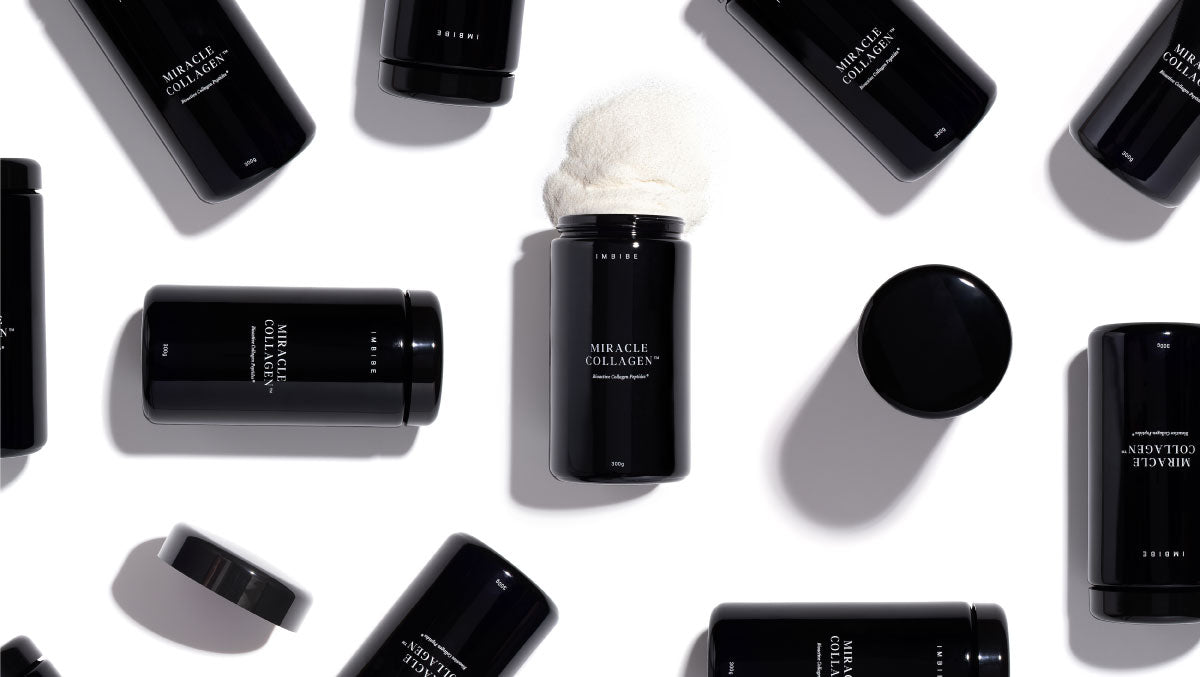
Written by Amber Mckenna
Okay, we admit we’re a little obsessed with Collagen.
And honestly, you should be too. And we’re thinking if you’re not (yet), it might be because you’ve come across one or two myths about collagen that have left you a little skeptical. Which we understand.
In a time full of endless information and unsolicited advice, it’s hard to separate fact from fiction; so we decided to come to the table with the cold, hard facts to demystify and debunk some of the most common myths about collagen that are keeping you left in the dust (so-to-speak).
So in honour of truth, happiness and healthy, radiant skin, we are calling out the top three biggest myths about Collagen.
Here we go:
- Collagen Molecules are Too Big to Absorb
- Amino Acids Do the Same Thing
- Collagen Makes No Difference to Hair, Skin and Nails
Whistleblow; and we can thank hydrolysis. Naturally occurring collagen molecules, in their most raw form, certainlyare too big for digestion and absorption. Fact.
Raw molecules are actually so large in size that science refers to them as the ‘super molecule’ weighing in at a whopping 300,000 kDa or kilodaltons. And for a very long time there wasn’t much we could do about it.
Enter Japan.
Somewhere around 15+ years ago, the Japanese discovered and patented a process by which a very large collagen molecule could be enzymatically broken down (without damaging its chemical structure) into a very, very small collagen peptide.
Peptides, more commonly referred to as Hydrolysed Collagen are so small that they weigh somewhere between 2 - 5 kilodaltons (from 300,00) and are ultimately considered an extremely bioavailable component, which can be immediately absorbed and utilised by the body.
Collagen peptides at this size are consideredmicro-fragmentsand are readily absorbed by the intestines, passed into the bloodstream and then quickly distributed throughout the body. Once distributed, collagen peptides stimulate your fibroblast cells (responsible for 75% of collagen production in skin) and BAM, you have more collagen and elastin for your healthy skin, hair, nails, eye, bones and joints.

Wrong.
Amino acids are organic compounds that combine together to make proteins in the body. These types of proteins go on to form many different soft tissue cells and structures needed for muscles, organs, bones and skin.
Collagen molecules are a combination of 20 different amino acids bound together in a Helix chain. As a generality, a collagen molecule has three main amino acids that make up 50% of its structure: glycine, proline and hydroxyproline. In order for a collagen molecule to be formed, the remaining 50% of the structure involves the make up of a very particular balance of the remaining amino acids, in an exact ratio.
Because the inner layer of your skin (the dermis) is primarily made of collagen molecules, providing the body with amino acids just simply won’t cut it if your goal is to revive your cellular and skin health.
Hydrolysed collagen peptides have been enzymatically broken down forming a complete chain of amino acids, in perfect balance, in perfect sequence for the body to recognize and absorb. Collagen in itself is already the complete molecular chain that your body wants instead of just the building materials that it needs.
In short, amino acids are the ingredients, and collagen molecules are the gourmet dinner for your skin. Enough said.

Blasphemy.
And the proof isn’t just in the thousands of five-star review (*ahem* Miracle Collagen), it’s also a scientific fact.
Here’s how it works:
You take your 2.5g serving of Miracle Collagen dissolved into liquid. Within 60 minutes, the collagen peptides reach the small intestine and are absorbed through the gut wall in the form of free amino acids and peptides. The peptides are then absorbed into your bloodstream. Your circulatory system then pumps your blood (and collagen peptides) through your body, delivering these critical molecules throughout your system. Small blood vessels throughout the body then uptake the collagen peptides and aminos and distribute them throughout the dermis (inner layer of skin). Once in the dermis, the collagen peptides then bind themselves to your fibroblast cells, which are specialized cells found in the skin that are primarily responsible for the creation of collagen and elastin (the good stuff that makes your skin bouncy and soft). Fibroblast cells recognize the collagen peptides as a need for more production and begin to produce more collagen and elastin to feed your skin cells. More peptides = more production = more collagen = healthy, glowing skin
As your skin is primarily made of type 1 collagen molecules (there are five types) and you are ingesting and stimulating the production of type 1 collagen, you are having a direct impact on the health, vibrancy and bounce of your skin. We love science.
Skimming through the mounds of online information can be so confusing and overwhelming, so if you had any doubts before, rest assured that science (and of course Miracle Collagen) have always got your back (and your skin health).

